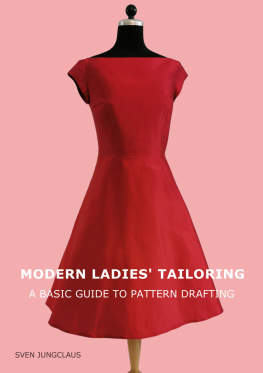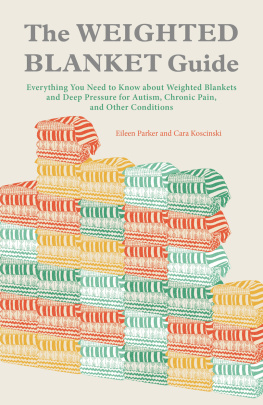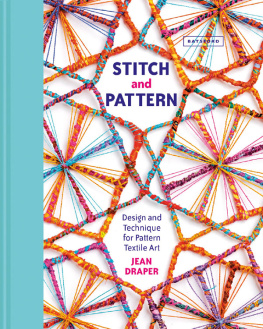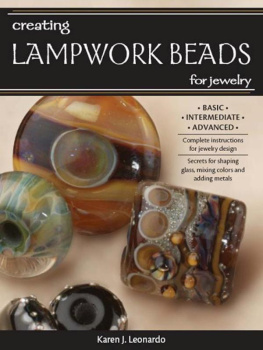Everyone carries a shadow, and the less it is embodied in the individual's conscious life, the blacker and denser it is. - Carl Jung
2013 by Greenery Press.
All rights reserved. Except for brief passages quoted in newspaper, magazine, radio, television or Internet reviews, no part of this book may be reproduced in any form or by any means, electronic or mechanical, including photocopying or recording or by information storage or retrieval system, without permission in writing from the Publisher.
Cover design by JohnnyInk.
Published in the United States by Greenery Press. Distributed by SCB Distributors, Gardena, CA.
Readers should be aware that BDSM and fetish play, like all sexual activities, carries an inherent risk of physical and/or emotional injury. While we believe that following the guidelines set forth in this book will minimize that potential, the writer and publisher encourage you to be aware that you are taking some risk when you decide to engage in these activities, and to accept personal responsibility for assuming that risk. In acting on the information in this book, you agree to accept that information as is and with all faults. Neither the author, the publisher, nor anyone else associated with the creation or sale of this book is responsible for any damage sustained.
C ONTENTS

The vignettes found throughout this book are taken from the Egyptian Amduat, or book of what is in the underworld, as painted on the walls of the tomb of Tuthmosis III.
Know the way of the Sungod through the beyond! This is a very true remedy, proven a million times.
For questions, comments and resources:
www.fetishcraft.net
C HAPTER I

Introduction
M ost of us live in a consumer society where we purchase what we need and what we want, leaving the design and construction to someone else, presumably someone with more experience and skill than us. There are, however, certain areas some might say the most important areas where we intervene to shape the course of creation. When it comes to our homes, we do not typically ask someone else to choose the decor, nor do we usually leave our tattoo to the artists discretion.
Our private lives, often the truest possible expression of our inner selves, are where we most desire creative control.
This book was written to assist the reader in designing and constructing fetishwear, restraints, sensory deprivation devices, toys and whips.
When the fit should be precise, as is generally the case with fetishwear, making ones own garments is ideal. Unfortunately, stores that sell fetishwear, where one might try before buying, are not accessible to most at this time. Many products are available on the Internet, but these purchases can often result in sizing problems. Either way the cost can be prohibitive. As more people acquire the kinds of skills taught in this book, though, availability will increase, and cost will decrease.
This book was written to be a creative resource, so think of the projects as simplified designs, or templates. Following the instructions will make a quality product, but I encourage you to customize them, making them look however you want them to look and feel however you want them to feel. The garment projects in rely less on size and measurement, and allow for more personal customization.
You may notice a vein of Japanese garments running throughout this book. This is partly to do with the elegance, simplicity and practicality of Japanese clothing, but is also a special asset for practitioners of shibari, the centuries-old Japanese art of rope bondage practiced by people all over the world. Projects like the kimono, hakama, samurai gauntlets and tabi can add a certain aesthetic and authenticity to shibari scenes, as well as making unique additions to any wardrobe.
The ideas, techniques and designs presented in this book reflect what Ive found to work in my experience. Every effort has been made to universalize the material for a wider audience, but the subjective nature of this topic necessitates a subjective interpretation of this book. Take from it what you will, and make it your own. Please also note that some of clothing, devices and techniques described in this book can be of a psychologically potent and physically intense nature, and should only be used by those of sound mind and body.
How to use this book
This book is broken down into seven chapters. introduces the tools and materials used throughout the book, as well as the body dimension legend and pattern expansion technique. The projects are grouped according to their use in the following six chapters, and for the most part they are also grouped according to the techniques used to create them.
The techniques used in making the projects are outlined in the chapter introductions. focuses on plaiting, a skill largely unrelated to the preceding chapters.
Reading the book start to finish is not necessary. You may benefit from reading the following section describing the patterns, but if your skills are well developed, you can then move directly to a particular project. If your skills need to be developed, though, I recommend that you read through the introductions of , and practice by making the simpler projects.
Patterns
Every effort has been made to present the project patterns in a way that accommodates people of all shapes and sizes. This means that the patterns will look somewhat complicated, and some math will be required. However, the process is really not much more time-consuming than using a commercial pattern.
The English alphabet is used to identify the dimensions in each pattern, and the letters of the Greek alphabet represent the various body dimensions.
The patterns were developed using the metric system, but approximate imperial equivalents have been included for the convenience of U.S. readers. The imperial equivalents will work adequately for most of the larger patterns, but when working in finer detail (such as in the gloves and the plaited projects in ), using the metric measurements will ensure accuracy and prevent possible complications.
Most measurements should be made with a measuring tape, though a ruler can be helpful when measuring the jaw, penis and foot. The foot is most easily measured by first tracing it on to a piece of paper, then measuring the tracing. When taking the circumferential measurements, the measuring tape must be held snugly, but not so tightly as to compress the part being measured.
Once measurements have been taken, they can be plugged into the pattern formulas and you can sketch a pattern. Many projects will require that you draft and cut a full-size paper pattern, whereas for others (such as the robe on page 22), you can just sketch the panels and dimensions out quickly, or skip this step entirely and mark directly on the material.
Youll need a length or roll of meter-wide paper to make patterns for some of the larger projects. Pattern tracing cloth or pattern paper, available at most sewing stores, will also work. Although using a paper pattern will make for greater precision, and will definitely cut the amount of labor if making more than one of a particular project, you can skip this step if the materials are not available. For projects with several identical or mirror-image panels, draw and cut out the first panel, then use it as a guide for the rest. For projects with symmetrical panels, sketching only one half of the panel, then cutting it, folding it over and tracing the cut edge to form the other side of the panel, can help save time and increase symmetry.















